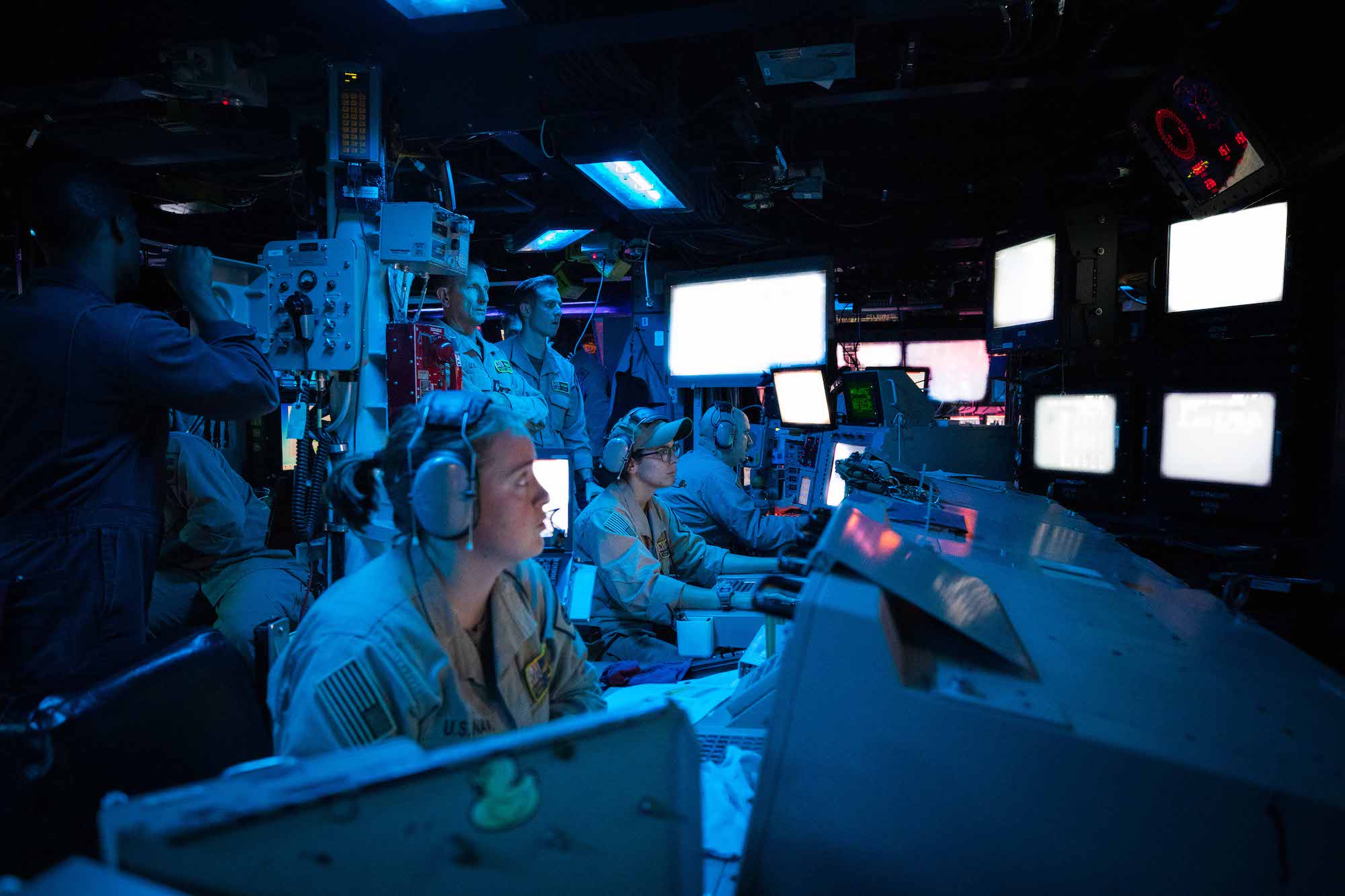U.S. and Canadian authorities have signed Cooperative Vessel traffic Service (CVTS) Memorandum of Understanding (MOU) aimed at bolstering the safety and efficiency of maritime traffic across the Great Lakes Marine Transportation System (MTS).
The Canadian Coast Guard (CCG) Central Region, the Great Lakes St. Lawrence Seaway Development Corporation (GLS), the St. Lawrence Seaway Management Corporation (SLSMC), and the United States Coast Guard Ninth District (USCG), signed the agreement on April 11 in Quebec, Canada.
The MOU highlights the need for a unified information-sharing system to enhance data exchange, improve situational awareness, and reduce human error in maritime traffic management.
Rear Admiral Jon Hickey, Commander, Ninth Coast Guard District, hailed the MOU as a significant step towards ensuring safe and efficient shipping across both the U.S. and Canada. “This MOU is another great step in our continued, cooperative commitment to the safe and efficient movement of goods and services through both the U.S. and Canada,” said Hickey.
The signing ceremony was attended by key stakeholders, including Marc-André Meunier, Assistant Commissioner, CCG Central region, Adam Tindall-Schlicht, Administrator for the GLS, Terence Bowles, President and CEO of the SLSMC, and Admiral John Hickey, commander of the Ninth USCG District.
“Vessel traffic management across the Great Lakes and St. Lawrence River is a vital service, and our continued collaboration will ensure safe and efficient navigation across these inland waters,” said Marc-André Meunier.
The MOU promises to provide total asset visibility and the potential to harmonize the system, thereby improving safety and efficiency for maritime customers. It also underscores the need for efficient unilateral response to maritime emergencies, and aims to reduce ship and resource delays, lower maritime commerce costs, and maximize environmental performance potential.
Terence Bowles, President and CEO of the SLSMC, welcomed the MOU as a means to enhance safety and security on the Great Lakes St. Lawrence Seaway Green Shipping Corridor, a vital link in the North American supply chain.
While the USCG, CCG, GLS, and SLSMC have a history of maritime cooperation, this is the first official unified information sharing agreement among all four entities.
“The Seaway has a long history of implementing technological innovations to improve the safety and efficiency of its operations,” said Adam Tindall Schlicht, GLS Administrator. “This formal agreement with trusted bi-national partners will improve the vessel transit experience by enhancing workplace safety, lowering operating costs for carriers, and achieving greater efficiencies in freight movement.”
Unlock Exclusive Insights Today!
Join the gCaptain Club for curated content, insider opinions, and vibrant community discussions.

 Join The Club
Join The Club













